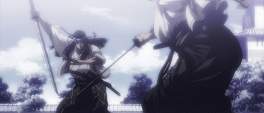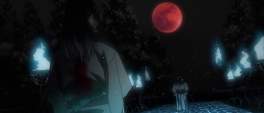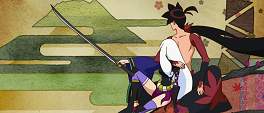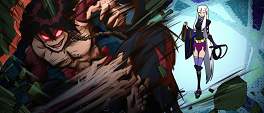Bygones: Shigurui (Death Frenzy)
First released: July 2007
The opening moments of Shiguri are divisive: after a montage of lingering, abstract motions, a retainer prostrates himself before his lord and, in slick, gory detail, fatally offers his intestines up to enforce the severity of his request. What follows in the succeeding episodes is often harrowing, frequently disgusting, but never gratuitous - a meditation on the consequences of violence, set within a fiercely feudal system where the sword is the highest form of law. Coming from the same director as the exquisite Texhnolyze and the same studio as Aoi Bungaku, the subdued and graceful viciousness of the story is accompanied by visuals that are as dark as they are breathtaking. The whole then is a deeply affecting series that challenges many tropes common to the samurai genre and proves there is still a place for a poised and measured storytelling style.
When a local lord calls a tournament, two visibly deformed swordsmen enter the arena: one missing his left arm, the other is blind and limping. The pair share a chequered history as two of the last practitioners of the Kogan style of swordplay. Named after Kogan Iwamoto, who after a faux pas concerning his polydactylism cost him a high ranking position, set up the school. Seigen Irako joined when Gennosuke Fujiki was still an assistant instructor, and after only a year came to rival him in proficiency. Both men vie for the position of successor to the Kogan style, and for the affections of Kogan's daughter, Mie; Seigen's hubris however will be his undoing as the school is unforgiving of slights against them and the punishment meted out will surpass mere cruelty. Revenge however, is just as ruthless.







